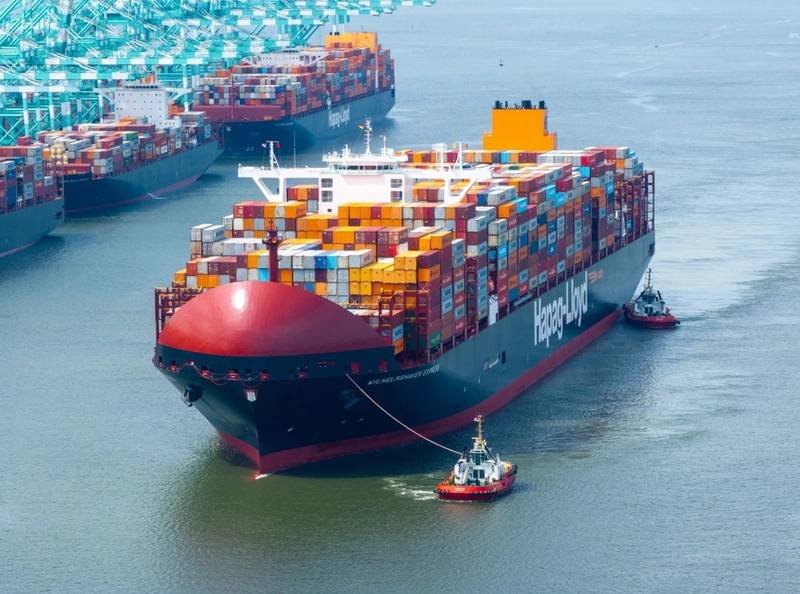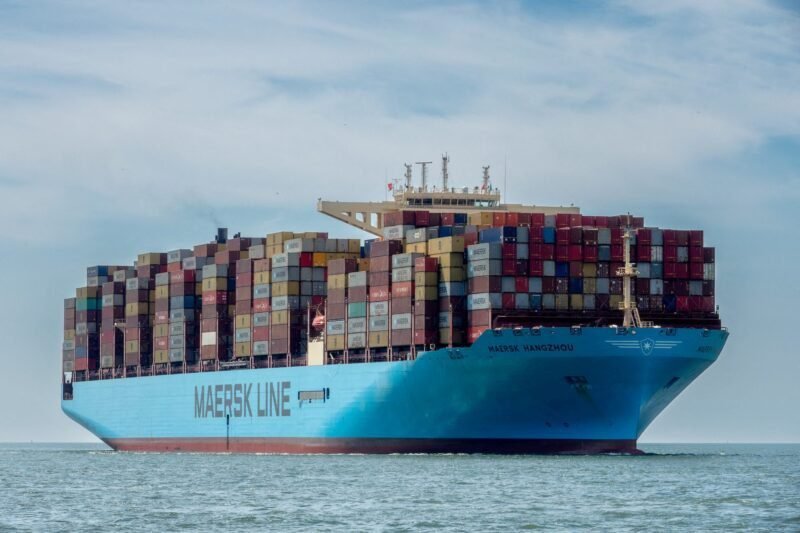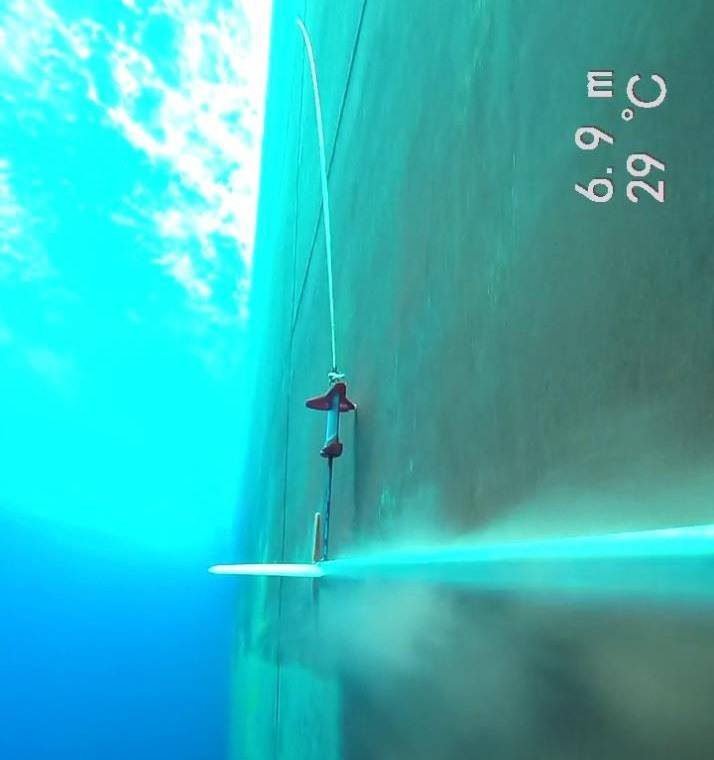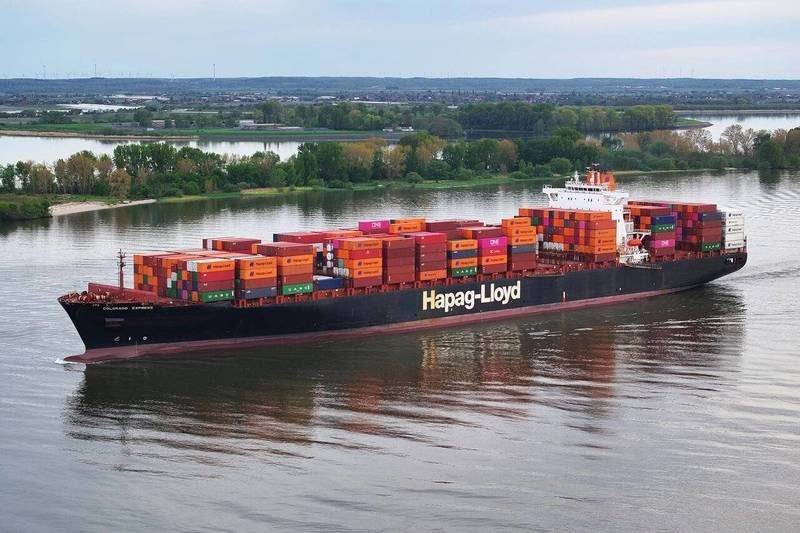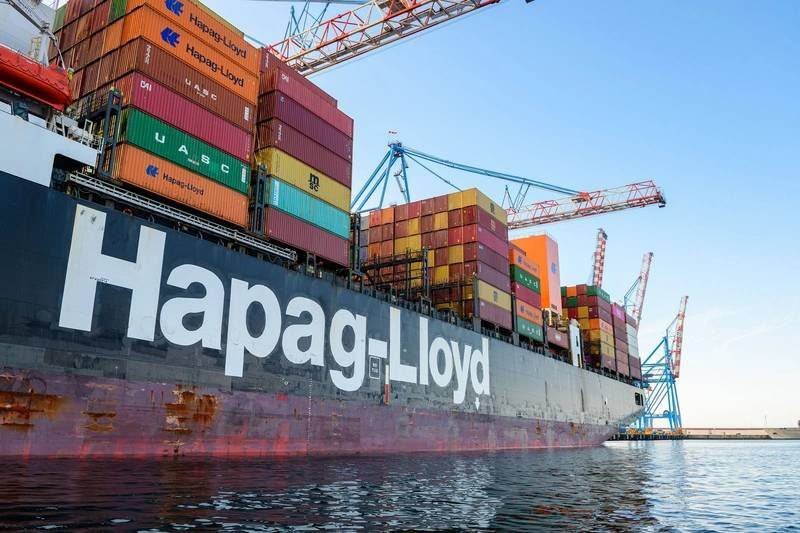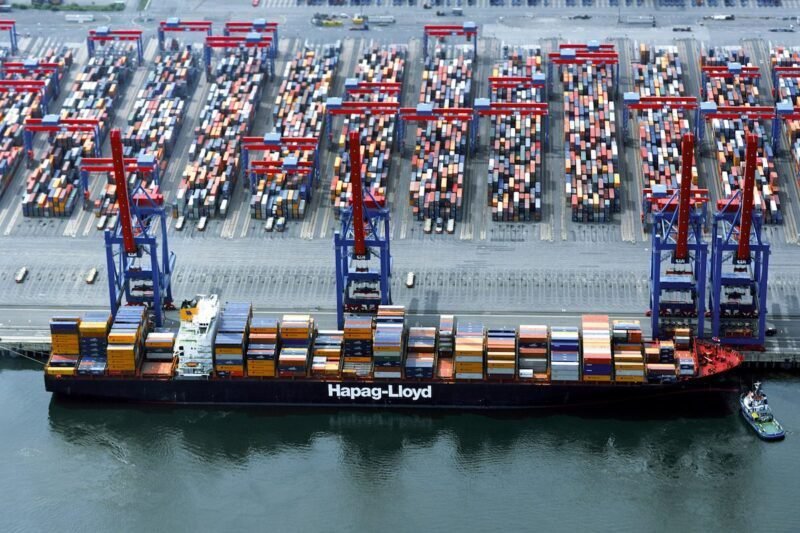Hapag-Lloyd, an international shipping company, has increased its full-year earnings guidance due to stronger-than-expected demand and higher freight rates. Despite facing increased expenses from diverting vessels around the Cape of Good Hope, the company now expects earnings before interest, taxes, depreciation, and amortization (EBITDA) for 2024 to be between $4.6 billion and $5 billion, up from the previous guidance of $3.5 billion to $4.6 billion. However, Hapag-Lloyd acknowledges the forecast’s uncertainty, given the volatile freight rates and major geopolitical challenges.
The company has had to reroute shipping traffic away from the Suez Canal to the longer route around Africa due to attacks by Iran-aligned Houthi militants in Yemen. This has led to longer transport times, requiring more capacity and leading to higher demand and scarce capacity. As a result, freight rates have increased, particularly on the Far East to Europe route. Hapag-Lloyd has adapted to these challenges by purchasing additional capacity to meet the demand.
In the first nine months of the year, Hapag-Lloyd reported preliminary earnings before interest, taxation, depreciation, and amortization of about $3.6 billion, a decrease from $4.5 billion the previous year. The company’s final results for the year are set to be published on Nov. 14. Despite the challenges faced, Hapag-Lloyd remains optimistic about its earnings outlook, citing strong demand and higher freight rates as contributing factors to its revised guidance.










